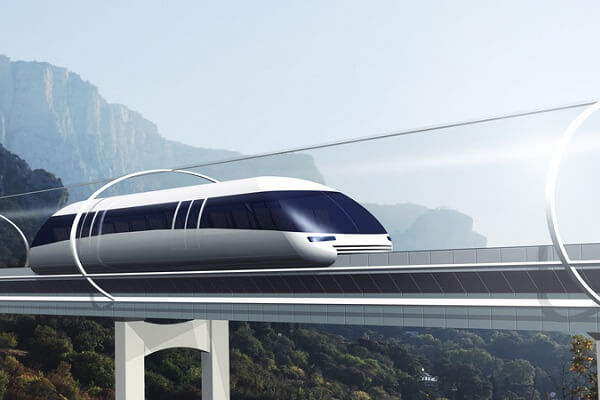 Understanding the Critical Role of Systems Approach in Urban Railway Projects
Understanding the Critical Role of Systems Approach in Urban Railway Projects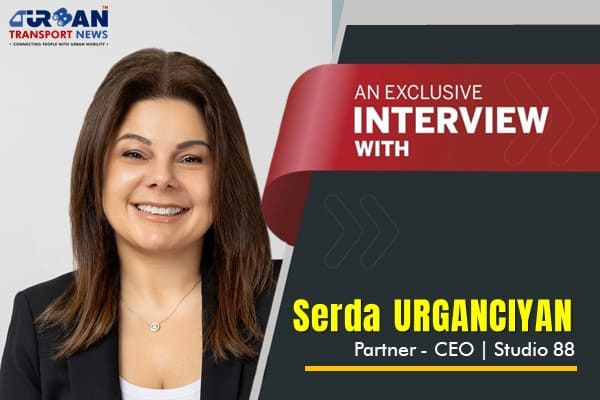 Exclusive Interview with Ms. Serda Urganciyan, Partner-CEO at Studio 88 Architecture
Exclusive Interview with Ms. Serda Urganciyan, Partner-CEO at Studio 88 Architecture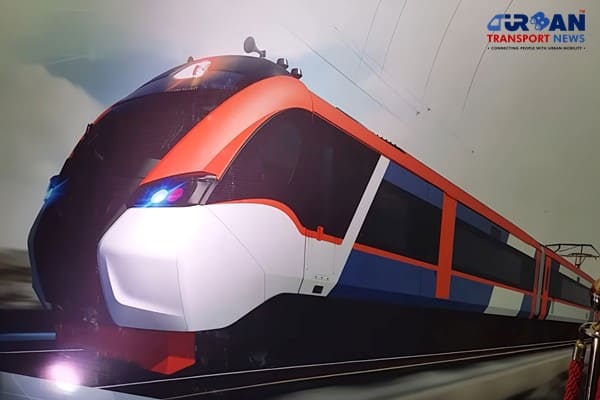 Titagarh Rail Systems set to deliver first sleeper Vande Bharat Train by late 2025
Titagarh Rail Systems set to deliver first sleeper Vande Bharat Train by late 2025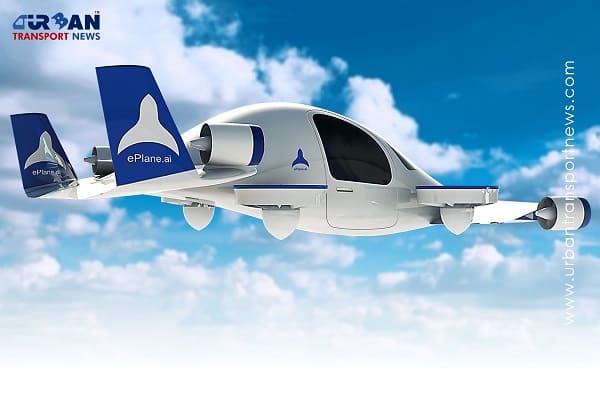 UAE's First Vertiport gets Operational approval, A game-changer in Autonomous Transportation
UAE's First Vertiport gets Operational approval, A game-changer in Autonomous Transportation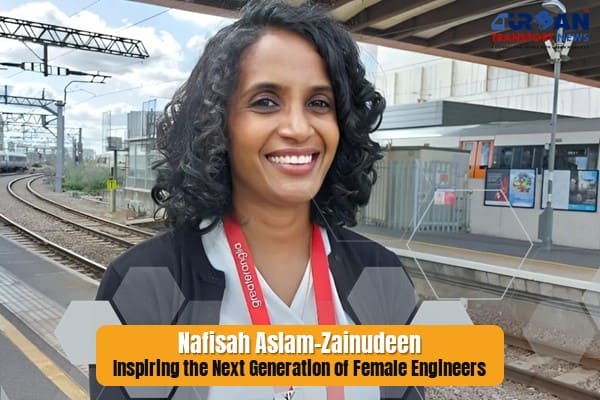 Nafisah Aslam-Zainudeen: Inspiring the Next Generation of Female Engineers
Nafisah Aslam-Zainudeen: Inspiring the Next Generation of Female Engineers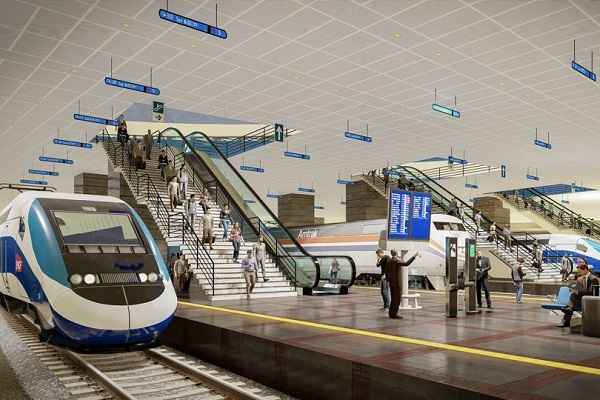 DRA-DMRC JV awarded major contract for redevelopment of Ahmedabad Railway Station
DRA-DMRC JV awarded major contract for redevelopment of Ahmedabad Railway Station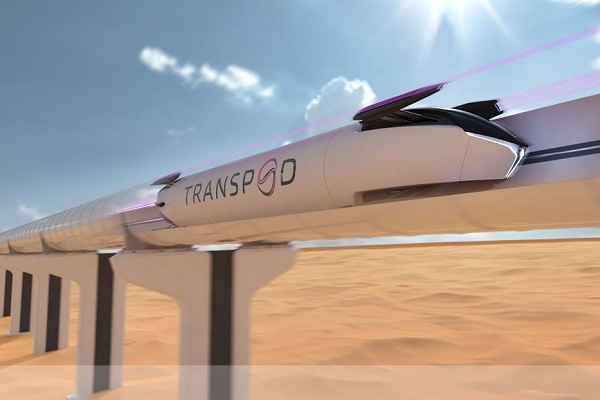 Revolutionizing Transportation: Hyperloop Technology in Saudi Arabia
Revolutionizing Transportation: Hyperloop Technology in Saudi Arabia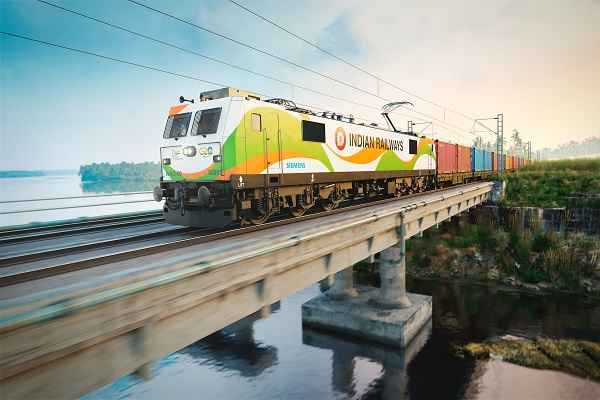 India is not just a market, it is becoming a beacon of hope for the future: Siemens AG
India is not just a market, it is becoming a beacon of hope for the future: Siemens AGSATEBA acquires Rail Business of De Bonte Group in Belgium
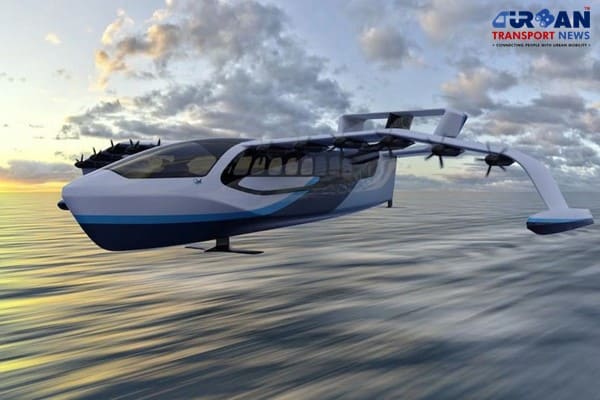 Regent to launch High-Speed Seagliders to transform coastal transportation in UAE
Regent to launch High-Speed Seagliders to transform coastal transportation in UAE
Beyond the Hyperloop Hype: Assessing the Future of High-Speed Rail
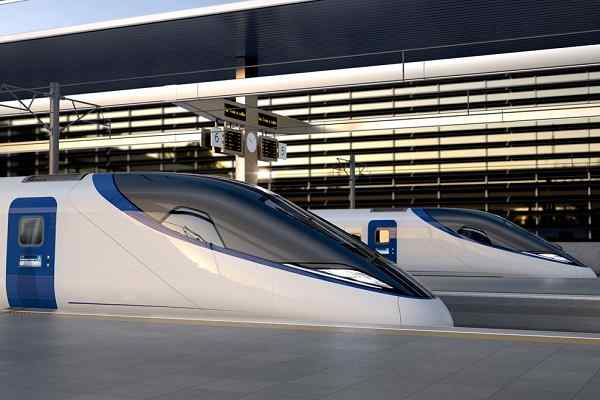
Imagine traveling at the speed of sound in a sleek, futuristic pod, gliding through a near-vacuum tube, free from traffic congestion and delays. This vision is no longer a dream but a promising reality with the advent of the Hyperloop train. Conceived by Elon Musk in 2013, the Hyperloop is a revolutionary transportation concept that promises to transform the way we travel. In this article, we will delve into what the Hyperloop is, how it works, its potential benefits, and the challenges it faces.
In 2013, Elon Musk ignited imaginations with the prospect of hurtling between Los Angeles and San Francisco in just 35 minutes via a hyperloop—his visionary vacuum-sealed tube transportation system. A decade later, Hyperloop One, the most prominent startup pursuing Musk's dream, has shut its doors. Coincidentally, this announcement came on the heels of the Biden administration committing $6 billion to high-speed rail projects in California. While it's a win for rail enthusiasts, the narrative is far from straightforward.
What is the Hyperloop?
The Hyperloop is a proposed mode of passenger and freight transportation that utilizes a network of near-vacuum tubes to propel magnetically levitating pods at incredibly high speeds. The concept involves creating a low-pressure environment within the tube to reduce air resistance, allowing the pods to reach unprecedented velocities. It combines the principles of maglev (magnetic levitation) technology with the concept of air pressure reduction to achieve these remarkable speeds.
How Does the Hyperloop Work?
Vacuum Tube: The Hyperloop system consists of a long, near-vacuum tube with very low air pressure. This tube is elevated off the ground on pylons to minimize friction.
Pods: Passengers or cargo are transported in specialized capsules or pods that travel through the tube. These pods are designed to be aerodynamic and can carry passengers or cargo.
Magnetic Levitation: The pods are equipped with electromagnetic propulsion and levitation systems. Magnets on the pod's undercarriage interact with the metal track inside the tube, lifting and propelling the pod forward.
Low Air Resistance: The near-vacuum environment inside the tube significantly reduces air resistance, allowing the pods to reach ultra-high speeds with minimal energy consumption.
Solar Power: The Hyperloop system can be powered by renewable energy sources, such as solar panels installed on top of the tube, making it an environmentally friendly mode of transportation.
Potential Benefits of the Hyperloop
Speed: One of the most significant advantages of the Hyperloop is its incredible speed potential. Theoretical speeds of up to 760 mph (1,220 km/h) have been proposed, which is more than twice as fast as the fastest high-speed trains in operation today.
Energy Efficiency: The Hyperloop is designed to be highly energy-efficient due to its low air resistance and renewable energy sources, making it a sustainable transportation option.
Reduced Congestion: Hyperloop systems could alleviate traffic congestion in urban areas by providing a rapid transit alternative that bypasses surface traffic.
Safety: The system's design includes multiple safety features, such as emergency exits, redundant systems, and fail-safes, to ensure passenger safety.
Environmentally Friendly: With its use of renewable energy and minimal emissions, the Hyperloop has the potential to be a green transportation solution.
Hyperloop's Rise and Fall
Elon Musk's 2013 white paper introduced the hyperloop concept, born out of his disdain for California's proposed high-speed rail. Hyperloop One, a startup attempting to bring this vision to life, recently closed its doors. The demise of Hyperloop One is not just a setback; it's a reflection of the challenges and unfulfilled promises of the Hyperloop dream amid a resurgence of interest in high-speed rail.
Biden's Investment in High-Speed Rail
The Biden administration's injection of $6 billion into high-speed rail projects signifies a significant leap for public transit advocates. This commitment extends beyond California, promising advancements in rail infrastructure across the nation. However, the victory is tinged with complexities, considering the prior allure and subsequent disappointments caused by hyperloop endeavors.
Fallout and Broken Promises
Cities and states, enticed by the hyperloop promise, find themselves disillusioned as projects collapse. The collapse of Arrivo and unfulfilled commitments, such as Hyperloop One's $500 million facility pledge to West Virginia, expose the fragility of hyperloop initiatives. The fallout raises questions about the feasibility and sustainability of ambitious projects that capture the public's imagination but struggle to materialize.
Hyperloop Projects Worldwide
As Hyperloop One succumbs to challenges in the United States, other hyperloop initiatives persist globally. An exploration of remaining projects outside the United States provides a broader perspective on the current state of hyperloop development and implementation worldwide.
Brightline: A Beacon of Hope
Amid the shadows cast by hyperloop setbacks, Brightline emerges as a promising player in the high-speed rail landscape. The company's recent expansion in Florida and plans for a Los Angeles to Las Vegas high-speed rail network, buoyed by Biden's funding, signal a potential pivot toward more pragmatic and achievable transportation solutions.
Challenges and Regulatory Hurdles
While financial backing is crucial, building high-speed rail involves navigating deep-seated issues stemming from years of deregulation. Large-scale projects face the dual challenges of staying on schedule and within budget, underscoring the intricacies of transforming rail infrastructure on such a grand scale.
- Cost: Building a Hyperloop system is a massive undertaking, with significant upfront costs for the construction of the vacuum tubes and supporting infrastructure.
- Technical Feasibility: The technology for creating and maintaining near-vacuum conditions in long tubes is complex and untested at the required scale.
- Regulatory Hurdles: Developing and implementing new regulations for Hyperloop transportation will be necessary to ensure safety and operational standards.
- Land Acquisition: Acquiring the land required for the elevated tube infrastructure could be a logistical and legal challenge in densely populated areas.
- Passenger Comfort: Maintaining passenger comfort, especially during rapid acceleration and deceleration, will be essential to the success of the system.
California's High-Speed Rail Project
Ironically, a substantial portion of the newly allocated $3 billion federal funding supports a high-speed rail project in California, the very state that was the source of Elon Musk's initial opposition. This project stands at the intersection of opportunities and challenges, shaping the future of transportation in the state.
Potential Rematch with Elon Musk
As Hyperloop One bows out, speculation arises: could the revival of high-speed rail reignite Elon Musk's opposition? Musk's sporadic interest and unfulfilled hyperloop promises cast doubt on his commitment. However, distractions and disengagement might pave the way for high-speed rail advocates to reshape the narrative.
The Boring Company's Involvement
Elon Musk's venture into tunneling with The Boring Company included ambitious hyperloop aspirations. However, Musk's tweets and promises never translated into a functional hyperloop, shedding light on the formidable challenges of turning vision into reality.
Musk's Shift of Focus
The past decade witnessed Musk's waning involvement in hyperloop projects, indicating a potential shift in priorities. With Hyperloop One's closure, Musk's influence on the hyperloop landscape diminishes, leaving space for high-speed rail to take center stage.
The Billionaire's Decision
Speculation abounds regarding Elon Musk's future role in the hyperloop narrative. As distractions accumulate and Hyperloop One's demise casts a shadow, the billionaire faces a pivotal decision: Does he possess the determination to personally champion the Hyperloop cause, or will it become a relic of the past?
Conclusion
The Hyperloop train represents a groundbreaking transportation concept that could revolutionize the way we move people and goods. Its promise of high-speed travel, energy efficiency, and reduced congestion makes it an exciting prospect for the future of transportation. While numerous technical, financial, and regulatory challenges lie ahead, the potential benefits of the Hyperloop are compelling enough to warrant continued research and development. As technology advances and more investment pours into this transformative mode of transportation, we may see the Hyperloop become a reality sooner than we think.
The hyperloop's rise and fall mark a captivating chapter in the history of transportation. Hyperloop One's closure, juxtaposed with Biden's injection into high-speed rail, prompts contemplation on the evolving dynamics of transit innovation. The interplay of promises, setbacks, and new opportunities underscores the intricate nature of reshaping transportation infrastructure.





